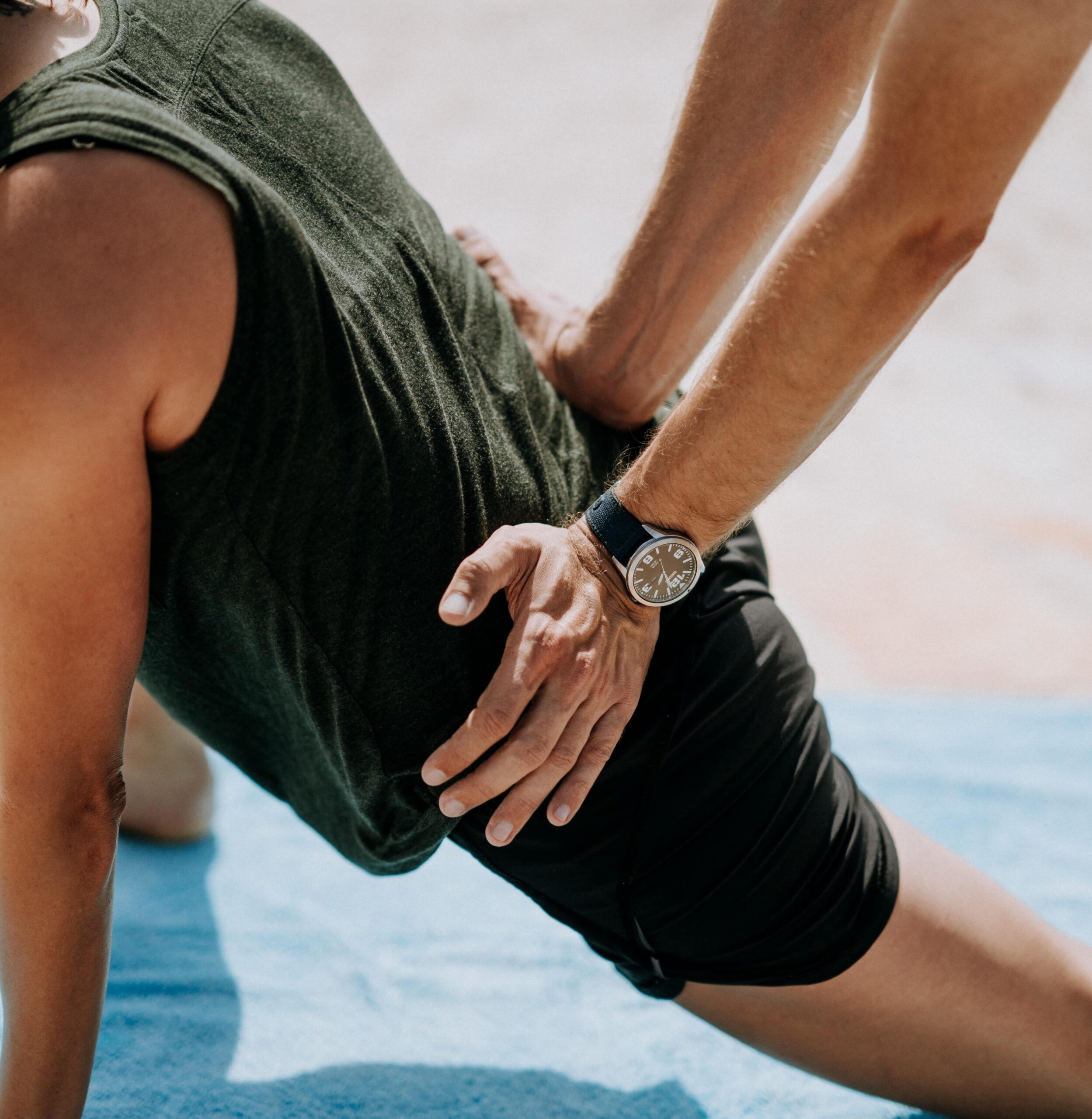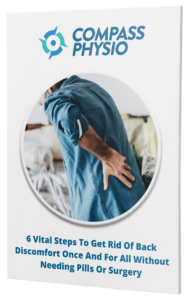Athletic Hip and Groin Pain
Here at Compass Physio in Castlecomer, Enfield, Kilcock and Trim Physio we see a lot of young athletes present to us with hip and groin pain. It is a big topic at the moment and has been highlighted recently in a number of sports medicine journals and wider media reports. It is deemed to be a particular issue within our young athletic GAA population.
As someone that has experience of treating this cohort of patients as a chartered physiotherapist combined with my own personal experiences of previous hip and groin pain, in conjunction with currently playing Gaelic Football at a high level, I feel I am in a good place to give some insight into this condition both from a medical and a personal viewpoint.
Symptoms of Hip and Groin pain!
Are these symptoms familiar to you?
Pain or stiffness in the hip and groin area
Pinching with certain movements
Clicking and clunking in the hip
Pain or stiffness in the hip and groin area
Kicking / change of direction is painful
Difficulty getting out of bed in the morning
Pain with bending down to tie laces/ put on shoes
Pain post playing a game or training
Pain with coughing
Worsening picture where you are afraid to stop at half time because if you cool down you will stiffen up
On / off story of getting a rub , playing , symptoms go away , symptoms come back
Periods of rest to no avail
Growing frustration
These are just a small list of classic symptoms that are often described to when people present with athletic hip and groin pain.
Determining the location and function!
We are all very familiar with locating the anatomy of our hip joint by placing our hand on the outside of our upper thigh and locating a firm bony feel. No issues at all! The next bit can be a little more challenging. Most people would define the groin area as the inside of half way down their inner thigh all the way up to the genital region. For the purposes of understanding this condition I want you to include not just traditional approach above but also draw an imaginary line horizontally across the belly button include down the hips two thirds of the inside of both thighs. Consider this area as a zone that receives force and transfers force when we move.
Within this there are a number of anatomical entities that we are familiar with and these are listed below:
Understanding the problem!
Biomechanics and how well an athlete moves will influence the above areas. This is poorly understood and the key here is to think about movement patterns and the effects deficits have on the above clinical entities. The athlete must have good biomechanical competency in terms trunk, pelvis, hip, knee and foot when they are running, twisting cutting, kicking and evading to prevent overload in one or more of these entities. Essentially those that can produce and absorb force efficiently will not only prevent injury in one of these clinical entities but also enhance performance. The driver of the symptoms is how the athlete moves and not the clinical entity in its own right.
If we consider this region described above as circular polo mint that distributes force evenly around it. If an athlete moves badly, the force can be directed to one specific area of the polo mint causing it to break. But we know that a polo mint will break in two areas. So deficits in movement can lead to overload in not just one clinical entity but a number of areas leading to deficiencies in terms of muscular balance and stability.

When hip and groin pain becomes chronic!
This cycle of poor movement with continued training demands can lead to muscle imbalance and instability leading to repetitive micro-trauma. Ultimately this can lead to worsening pain and discomfort. At this point the athlete can present with pain on testing of all clinical entities and hence why it is important to not think about this as an anatomical problem but more a movement issue. Restoring good movement patterns that can tolerate the demands and stresses of the individuals sport is key when considering long term success. Unfortunately no cut or injection will change the way how people move or change direction and hence why these modalities in my opinion do not have long-term success.r.
Why in the GAA?
The GAA along with soccer is a multidirectional field sport. The consequences of this include lots of twisting and turning and change of direction. These movement patterns without good biomechanics will place more demands on the entities listed unlike linear sports where there is a reduction in forces passing through the hip and groin. The intensity of the game has increased and athletes are training differently. There has been a move to small sided conditioning games but often players will complete more change of directions and repetitive tackling in these games than an actual full match. Are we training to cause hip and groin pain then?
Training load and monitoring is poor. Younger athletes are often playing and training excessively without any monitoring of fatigue. Fatigue is important because if we 1. State that the demands of the sport are high 2. This means we need to be very efficient in our dynamic muscular and stability system to move correctly 3 .then we do not want to be trying to meet these demands when we are in a fatigued state.
What should you do if you are experiencing hip and groin pain?
You should not continue to play through pain. It is recommended that you seek medical advice from a chartered physiotherapist or team medic. Rest alone is not advised. Current evidence indicates a three part individualised criteria based rehabilitation programme aimed at developing competent movement patterns is important. This includes single leg control in terms of compound movements, linear and multi-directional running mechanics. Considering load when return to play but also long term in my opinion is just as important after achieving good movement competencies.
How Can Physiotherapy Help?
If you are finding it hard to complete regular exercises due to pain, fatigue or simply time schedules speak to us at Compass Physio.
Exercise is for everybody. At Compass physio we will complete a full physical assessment and will help identify any possible underlying causes that may limit your exercise regime.
Our chartered physiotherapists will help you to build strength and strategies which will help tackle any problem.
At Compass physio we will help you succeed and reach your goals.
To find out how Compass Physio can help, call 046 954 9456 (this number covers all clinics), click here to book online.
You can also email any questions to info@compassphysio.ie
Paddy Mulligan – MISCP Chartered Physiotherapist Compass Physio

